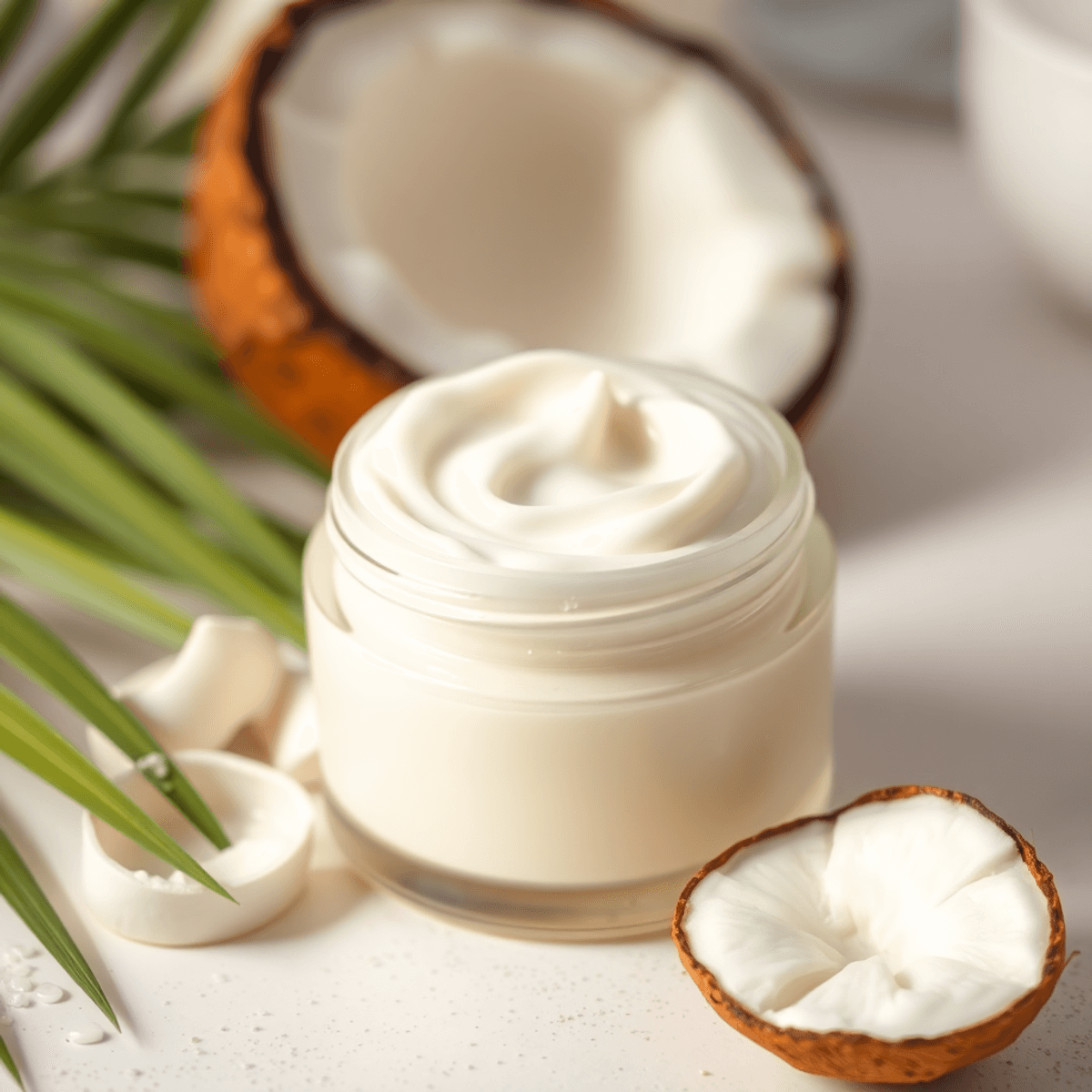CBD for Pain Relief: A Comprehensive Review of the Latest Research

Introduction
Understanding CBD: A Natural Solution for Pain Relief
CBD, or cannabidiol, has gained attention as a natural remedy for pain relief. This non-psychoactive compound, derived from the cannabis plant, is increasingly recognized for its potential to alleviate pain without causing the "high" associated with THC.
To fully understand how CBD can help with pain relief, it's important to know about its interaction with the body's endocannabinoid system (ECS). The ECS plays a role in regulating pain and inflammation, making CBD a promising option for managing discomfort.
In this blog post, we will:
- Explain how CBD works with the ECS.
- Discuss different types of pain that CBD may be effective against.
- Explore various CBD products and their potential benefits.
- Highlight the additional advantages of using CBD beyond just pain relief.
Our goal is to provide you with clear information on how CBD could be integrated into your pain management strategy effectively and safely.
The Science Behind CBD and Pain Relief
To understand how CBD can help with pain relief, it's important to know about the endocannabinoid system (ECS). The ECS is responsible for controlling various bodily functions, including how we feel pain and how inflammation occurs. It consists of cannabinoid receptors, mainly CB1 and CB2, which are found throughout the body.
How CBD Works in the Body
Unlike THC, another well-known compound in cannabis, CBD interacts with these receptors in a different way. THC directly attaches itself to CB1 receptors, while CBD indirectly affects them by increasing the levels of endocannabinoids in our bodies. This boost in endocannabinoids enhances our natural ability to manage pain and inflammation.
The interaction between CBD and the ECS contributes to its analgesic properties, helping modulate pain signals.
Targeting Different Types of Pain
CBD shows promise in targeting various types of pain. It may be beneficial for chronic pain conditions like arthritis or fibromyalgia by addressing both inflammatory responses and neuropathic pain pathways. Research suggests that these qualities make CBD a potentially effective alternative for individuals seeking relief from ongoing discomfort.
Alleviating Acute Pain as Well
The versatility of CBD goes beyond just chronic conditions; it might also provide relief for acute pain resulting from injuries or surgeries. As more people become interested in using CBD, understanding how it interacts with the ECS gives us valuable insights into its potential as a natural solution for managing different types of pain.
Exploring Different CBD Products for Pain Management
CBD products have become increasingly popular for pain management, providing a variety of options tailored to individual preferences and needs.
1. Sublingual Oils
Sublingual oils are one of the most common forms of CBD. They are typically taken by placing a few drops under the tongue and holding it there for about 60 seconds before swallowing. This method allows the CBD to be absorbed directly into the bloodstream, bypassing the digestive system for faster effects.
- Pros: Quick absorption, adjustable dosage.
- Cons: Taste can be off-putting for some users.
Users appreciate the ability to adjust dosages easily to find their optimal level of comfort.
2. Topical Creams
Topical creams represent another effective option, particularly for targeted pain relief. These creams, when applied directly to the skin, can help manage joint or muscle pain by delivering CBD precisely where it's needed.
- Pros: Localized relief, minimal systemic side effects.
- Cons: Limited to external application areas.
They are ideal for individuals seeking localized relief without systemic effects.
3. Edibles
Edibles, such as gummies or capsules, provide a convenient and discreet way to consume CBD. They offer longer-lasting effects due to slower digestion and absorption, making them suitable for those requiring sustained relief throughout the day.
- Pros: Discreet consumption, long-lasting effects.
- Cons: Slower onset of action compared to oils.
Each product type has its unique benefits and drawbacks. Selecting the right one depends on individual pain conditions and lifestyle preferences.
Benefits Beyond Pain Relief: The Holistic Advantages of CBD
The benefits of CBD go beyond just relieving pain. Many users have reported significant improvements in sleep quality, which is essential for overall health and well-being. By promoting better sleep, CBD helps the body recover and rejuvenate, aiding in the body's natural healing processes.
CBD is also known for its potential to enhance mood, acting as a natural alternative to traditional mood regulators. It interacts with serotonin receptors in the brain, which are crucial for maintaining mood balance. This interaction can lead to improved mental well-being and reduced feelings of stress or depression.
Anxiety levels often spike among those suffering from chronic pain conditions. CBD's role in reducing anxiety cannot be overlooked. By calming the nervous system and modulating stress responses, it offers relief that complements its pain-relieving properties.
The Holistic Advantages of CBD
Here are some additional benefits of CBD that contribute to a holistic approach:
- Improves Sleep Quality: Encourages restful sleep, crucial for recovery.
- Enhances Mood: Interaction with serotonin receptors can uplift mental state.
- Reduces Anxiety: Calms nervous system, alleviating stress associated with chronic pain.
The power of discovering CBD for pain relief opens up possibilities not only for physical comfort but also for improving overall quality of life through these additional benefits.
Choosing the Right CBD Product for Your Needs
Selecting the right CBD product involves several key considerations to ensure effective pain management tailored to your needs.
Identify the Specific Type and Location of Your Pain
One crucial factor is identifying the specific type and location of your pain. For localized discomfort, such as joint or muscle pain, topical creams and lotions may offer direct and targeted relief. On the other hand, systemic issues like chronic pain conditions could benefit from ingestible oils or edibles that provide a more comprehensive approach.
Consider the Method of Consumption
Method of consumption also plays a significant role. Sublingual oils allow for quicker absorption into the bloodstream, while edibles offer a more convenient option with longer-lasting effects. Understanding your preferences can help you choose the best method for you.
Start with a Low Dosage
Starting with a low dosage and gradually increasing it until you find what works best ensures safety and effectiveness. This cautious approach allows you to monitor how your body responds to CBD without overwhelming it.
Purchase from Reputable Manufacturers
Purchasing from reputable manufacturers is vital. Look for companies that provide third-party lab testing results to guarantee product quality and potency. These tests confirm that products are free from harmful contaminants and contain the advertised amount of CBD. Prioritizing quality assurance helps maximize the therapeutic benefits while minimizing potential risks.
Real-Life Success Stories: How CBD Has Helped Others Find Relief
The power of CBD success stories resonates through real-life experiences shared by individuals who have turned to CBD for pain relief. Here are a few compelling anecdotes:
- An arthritis patient reported significant improvement in joint mobility and a reduction in pain after incorporating CBD oil into their daily routine.
- Another individual suffering from chronic back pain found relief using a combination of CBD cream and stretching exercises, leading to enhanced quality of life.
- A person living with fibromyalgia noted decreased pain levels and improved sleep patterns after beginning a regimen of CBD edibles.
These stories highlight the potential of CBD products in providing effective pain management solutions.
Legal Considerations and Safety Measures When Using CBD for Pain Relief
Understanding the legal considerations of CBD involves knowing its legal status in different areas. Hemp-derived CBD products with low THC levels are legal in many places, but regulations can vary widely. It's important to check the specific laws in your area to ensure you're following them.
The safety profile of CBD is generally positive, although users might experience mild side effects like dizziness or dry mouth. These effects are usually temporary but should be kept an eye on. Speaking with healthcare professionals before adding CBD to your routine can help reduce risks and discover the full potential of Discovering CBD Power for Pain Relief.
Engaging with the Community and Staying Informed About CBD Research Developments
Joining online communities focused on CBD provides valuable insights and support. These platforms allow you to connect with individuals who share their experiences, offering firsthand accounts of how CBD has impacted their pain management journeys.
Staying updated on the latest research studies is essential for making informed decisions about using CBD for pain relief. New findings continue to emerge, highlighting its potential benefits and effectiveness across various pain-related conditions. Engaging with these resources helps you remain informed and better equipped to navigate your path towards effective pain management.
Conclusion: Empowering Your Pain Management Journey with Informed Choices Regarding The Use Of CBD Products
Taking a comprehensive approach to managing pain means considering all options available, including therapies that use cannabis like CBD oil or cream. This journey is about making informed decisions on pain relief, ensuring you customize your plan to fit your specific needs. Discovering the power of CBD for pain relief could be a game-changing step in managing chronic conditions.
Before starting any new treatment plan, it's important to talk to healthcare professionals. Their advice will help you understand any potential interactions and adjust dosages as needed, keeping your health safe while you explore the benefits of CBD.
Your journey towards effective pain management is unique and empowering. With the right information and support, you can fully utilize CBD products to improve your quality of life.
FAQs (Frequently Asked Questions)
What is CBD and how does it work for pain relief?
CBD, or cannabidiol, is a non-psychoactive compound found in cannabis that serves as a natural alternative for pain relief. It interacts with the endocannabinoid system (ECS) in the body, which plays a crucial role in regulating pain and inflammation. Understanding this interaction is essential to exploring CBD's potential benefits for managing pain.
What types of pain can CBD potentially target?
CBD may target various types of pain, including chronic pain conditions such as arthritis and fibromyalgia. Its analgesic properties help modulate pain receptors and inflammatory responses, potentially leading to effective relief for those suffering from ongoing discomfort.
What are the different forms of CBD products available for pain management?
There are several CBD products available on the market for pain management, including sublingual oils, topical creams applied directly to the skin, and ingestible edibles. Each form has its own pros and cons, depending on individual preferences and specific needs.
What additional benefits does CBD offer beyond pain relief?
Beyond alleviating pain, CBD may provide additional holistic benefits such as improving sleep quality and enhancing mood. It can also help reduce anxiety levels that are often associated with chronic pain conditions, contributing to an overall sense of well-being.
How do I choose the right CBD product for my needs?
When selecting a suitable CBD product, consider factors such as your specific type or location of pain and your preferred method of consumption. It's important to start with a low dosage and gradually increase it until you find what works best for you. Additionally, ensure you purchase from reputable manufacturers who provide third-party lab testing results.
Are there any legal considerations or safety measures when using CBD for pain relief?
The legal status of hemp-derived CBD products varies by region or country, typically allowing products with minimal THC content. Regarding safety, while CBD is generally well-tolerated, some individuals may experience mild side effects like dizziness or dry mouth. It's advisable to consult healthcare professionals before starting any new treatment regimen involving CBD.












